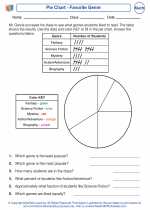What is Multiplication?
Multiplication is a fundamental arithmetic operation that represents the process of adding a number to itself multiple times. It is often represented using the "×" symbol or by placing numbers next to each other, such as "3 × 4" or "3 * 4". The result of a multiplication operation is called a product.
Multiplication Terminology
Before diving deeper into multiplication, it's important to understand some key terms:
- Multiplicand: The number to be multiplied.
- Multiplier: The number by which the multiplicand is multiplied.
- Product: The result of a multiplication operation.
Basic Multiplication Facts
It's important for students to memorize basic multiplication facts up to 12. These include multiplication tables from 1 to 12, such as:
| 1 × 1 = 1 | 1 × 2 = 2 | 1 × 3 = 3 | ... | 1 × 12 = 12 |
| 2 × 1 = 2 | 2 × 2 = 4 | 2 × 3 = 6 | ... | 2 × 12 = 24 |
| ... | ... | ... | ... | ... |
| 12 × 1 = 12 | 12 × 2 = 24 | 12 × 3 = 36 | ... | 12 × 12 = 144 |
Properties of Multiplication
Multiplication has several important properties that are useful to understand:
- Commutative Property: The order of the numbers being multiplied does not change the product. For example, 3 × 4 is the same as 4 × 3.
- Associative Property: The way numbers are grouped in a multiplication operation does not change the product. For example, (2 × 3) × 4 is the same as 2 × (3 × 4).
- Identity Property: Multiplying a number by 1 gives the original number. For example, 5 × 1 = 5.
- Distributive Property: Multiplication distributes over addition. This means that a(b + c) = ab + ac.
How to Multiply Numbers
To multiply two numbers, you can use the following methods:
- Repeated Addition: This method involves adding one of the numbers to itself the number of times indicated by the other number. For example, to find 3 × 4, you can add 3 + 3 + 3 + 3 to get 12.
- Arrays or Area Models: Drawing arrays or area models can help visualize multiplication as the area of a rectangle. For example, to find 3 × 4, you can draw a 3x4 rectangle and count the squares to get 12.
- Memorization of Multiplication Facts: Memorizing multiplication tables and practicing multiplication problems can help improve speed and accuracy in multiplication.
Study Guide
Here are some tips to study and practice multiplication:
- Memorize multiplication tables up to 12.
- Practice multiplication with flashcards or online quizzes.
- Use real-life examples to understand the concept of multiplication, such as sharing equally among friends or grouping items.
- Apply the properties of multiplication to solve problems and simplify calculations.
- Explore multiplication in different contexts, such as fractions, decimals, and word problems.
By understanding the basics of multiplication, mastering multiplication facts, and applying multiplication techniques, students can develop a strong foundation in arithmetic and mathematical problem-solving.
[Multiplication] Related Worksheets and Study Guides:
.◂Math Worksheets and Study Guides Fourth Grade. Represent Data
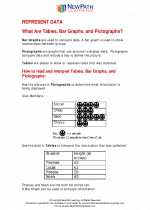
 Worksheet/Answer key
Worksheet/Answer key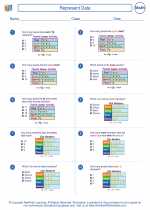
 Worksheet/Answer key
Worksheet/Answer key
 Worksheet/Answer key
Worksheet/Answer key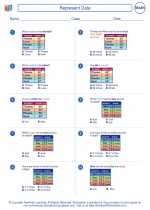
 Worksheet/Answer key
Worksheet/Answer key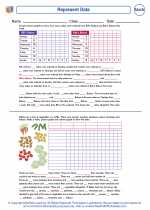
 Worksheet/Answer key
Worksheet/Answer key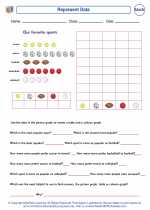
 Worksheet/Answer key
Worksheet/Answer key
 Worksheet/Answer key
Worksheet/Answer key